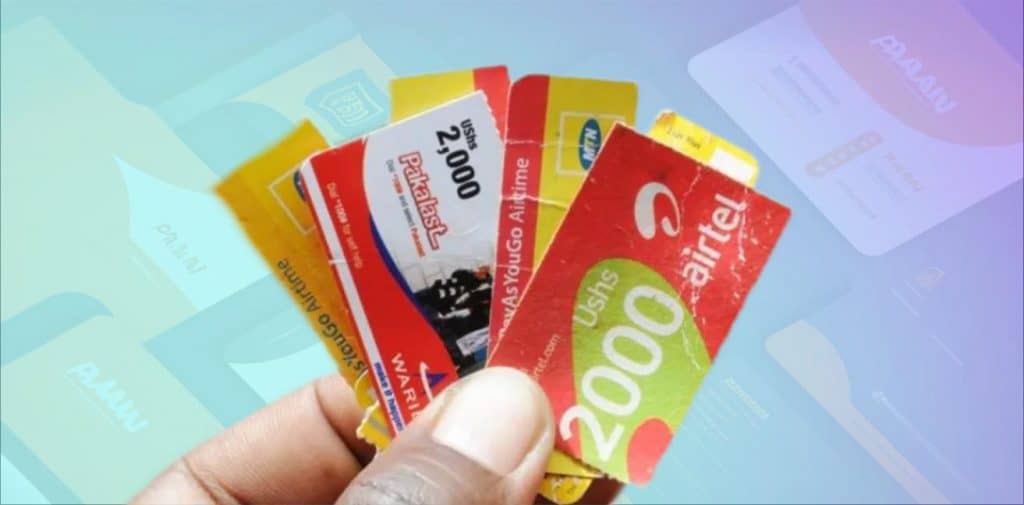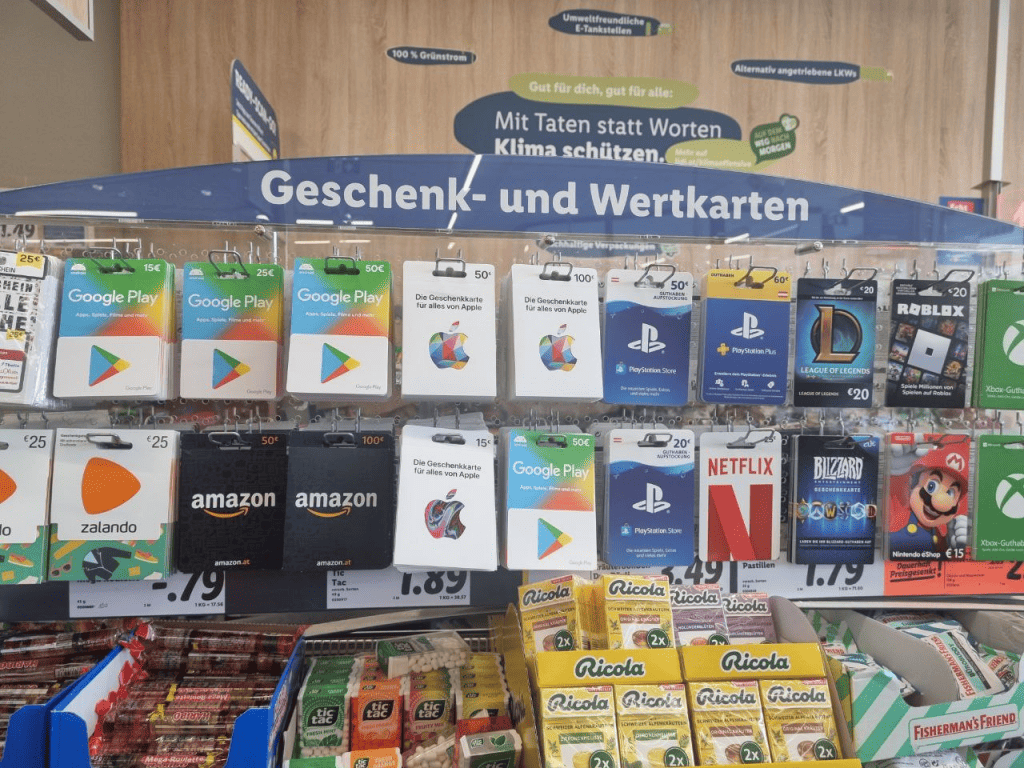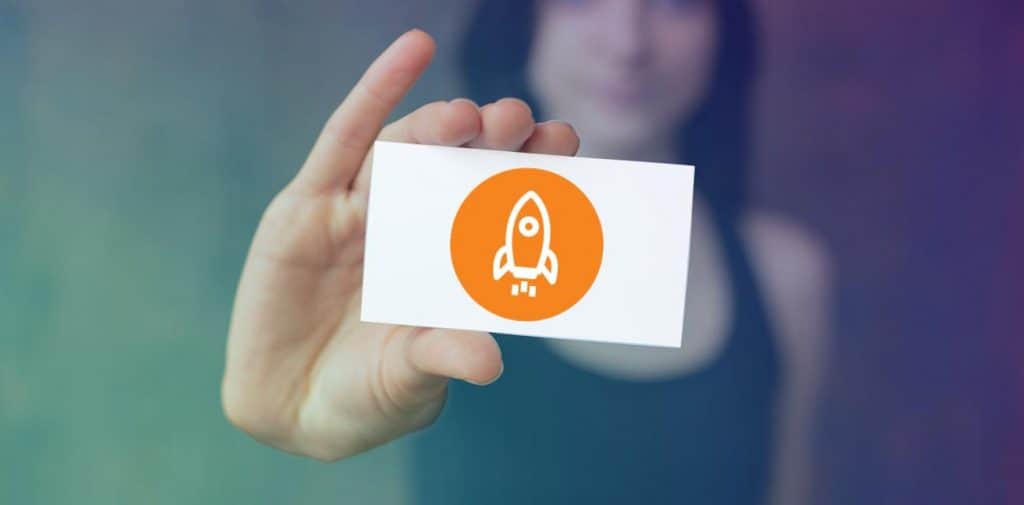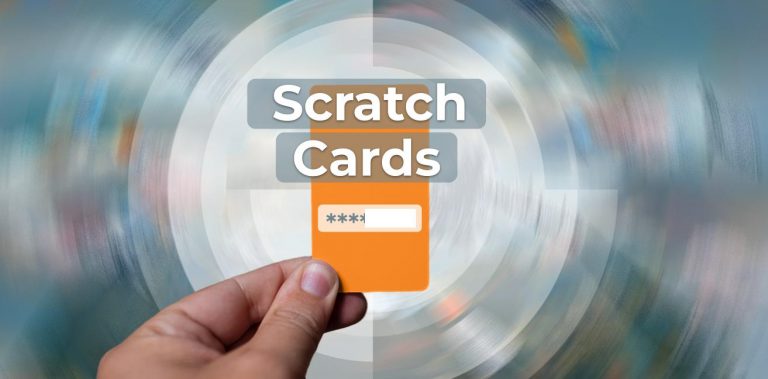If you live in a region like North America or Europe, telecom scratch cards might feel like a story from ancient history:
The credit in your prepaid phone service account has run dry. You are out of airtime. No texts, no calls, no voice mails. You run to the nearest kiosk and buy a little voucher that looks like a lottery ticket. Now, here’s the best part! You get out a coin and start scratching off that weird substance. A scratch or two, and you reveal the numbers you need to enter to add money to your pay-as-you-go account. It almost feels like you might be able to win a bike or something! But all you’ve really “won” (cough: paid for) is the ability to use your mobile phone again.
Yes, of course, scratch cards still exist. In fact, in some regions, such vouchers are still thriving. But in many places, it seems like the new era of automated monthly plans and digital self-service has left physical scratch cards behind.
Hold on, though: there may still be a glimmer of life in the scratch card market. Read on to learn why those beloved little pieces of cardboard – or at least their modern relatives – are not (necessarily) disappearing forever.

A Brief History of the Telecom Scratch Card Evolution
The concept of scratch cards has been around since the 1970s. (Thank you, John Koza and the Scientific Games Corporation.) But the telecom industry didn’t adopt this prepaid phone service innovation until the 1990s.
The initial players in this market were calling cards, which provided users an easy way to pay for calls from public telephones. This type of business was booming during the ’80s and ’90s. But despite the popularity of the calling card, for this story we’re putting our focus on the other scratch card – the one that allowed you to top up the balance of your mobile account. Yes, this type of card might have flown under the radar in comparison to its calling card siblings, but they did have a big role to play in the history of telecom. So we think it’s time someone told their tale.
The economy in the 1990s was cash-based, and most transactions happened in a store. For that reason, telecom businesses needed a way people could buy airtime or prepaid mobile recharge credit. And it had to be simple, convenient, and able to be distributed widely.
Starting from Scratch
So, how do you exchange cash for airtime? And how do you do it without asking a customer base that’s spread over a wide region to get on a bus and travel to your sales center? (Not a fun prospect for someone whose phone account is about to dry up.) Enter the scratch card. Easy to produce, easy to distribute, easy to use, and easy to sell through a huge point-of-sale network. In other words: kiosks, convenience stores, and reseller agents.
Mobile customers loved the speed and simplicity of topping up their accounts using cash at their local 7-Eleven or corner kiosk. (Not to mention the ability to control exactly how much they spend each month.) Telecoms loved the ability to sell prepaid phone service without the need to establish storefronts. (Or to hire extra staff to enter all those transactions into a backend system.) You could say that scratch cards helped the entire mobile industry scale up quickly.
How Scratch-Card-Based Mobile Phone Recharge Works
Are you of the younger variety and have never used scratch cards to top up the airtime in your mobile account 👵? Well, here’s a breakdown of how they work.

- A user goes into a convenience store of some kind and selects the scratch card they want from a rack that displays an array of different providers and price ranges ($10, $20, $100 USD etc.).
- The user buys a card and scratches off the scratchy stuff, revealing a long code number.
- They dial the phone number or send the USSD code listed on the card. Then, they enter the code into their phone at the prompt.
- The automated system registers and verifies the code, and then adds funds to the user’s account.
- The user can now text their best friend about the latest episode of The X-Files.
If you don’t count the time it took to walk to the store and then enter in all those numbers, the system is really quite speedy and simple. At least from the user’s perspective. (Perhaps not compared to e-commerce, but certainly compared to traveling to a mobile phone service store and waiting in line to register an account top-up.) And if you don’t count printing and distribution, it’s low-cost and seamless on the telco side, too.
The Telecom Scratch Card Market in the Modern Era
It’s true that scratch card vouchers as a model for mobile top-ups have seen a pretty steep decline in popularity in some regions. Apps, automated top-ups, mobile wallets, online banking… In many parts of the world, these advances led to physical scratch cards more or less getting left behind 🦕.
It’s also true that in countries with mainly cash-based economies, limited access to digital financial services, and lower rates of smartphone and internet penetration, scratch cards provided (and still do provide) a tangible and accessible method for users to add credit to their prepaid mobile accounts. But, even in these regions, the purchasing trends are starting to shift. Take Zambia, for example. There, a government and industry coalition announced last year that the country is phasing out scratch cards in a move to reduce landfill waste and boost the digital economy. (And to allow for more comprehensive tax collection, too.) And the World Food Programme has started using scratch card vouchers as a way to distribute food aid.
So does this mean that the telecom industry is close to officially done with scratch cards?
Maybe. But not yet.
“What Is This? A Netflix Card?”
Gone into a big grocery store or convenience chain in Europe or North America in the last few years? You’ve likely had to navigate an increasing number of spin racks at the end of every aisle. Why, hello there again, our old friend scratch cards!

Okay, most of the cards you see today in grocery stores aren’t for topping up your mobile phone account. What they are is a series of prepaid gift cards for, well, pretty much anything you can imagine: streaming services like Netflix, X-Box, or PlayStation; online retailers like Apple and Amazon; petrol brands; restaurant chains; movie theaters; and whatever multinational retailer you might want to buy something from, whether that’s Sephora or the Gap or the M&M Store.
And while they’re typically made from plastic, not cardboard, look on the back. The pin code you need to access the funds in that card is hidden under that happy little stretch of latex / UV ink / mystery scratchable substance. In other words, those prepaid gift cards are our old friend scratch cards.
The Ur-Scratch Card
While they may be a new-ish iteration of the scratch card form, the original concept of the prepaid gift card is not new at all. In fact, according to Antonio Tamez-Elizondo, they date all the way back to the 1930s. That’s when large American department stores would issue gift certificates to their club customers. But the idea didn’t catch mainstream fire until the 1970s, when McDonald’s started producing gift certificates as a Christmas promotion.
Then came 1994. That’s when Blockbuster, that former entertainment titan and now stubborn video-rental holdout, became the first major retailer to sell a plastic, scratch-off-code-based gift card. (They intended it as a way to thwart gift-certificate counterfeiters.) It also just so happens that this event nearly coincided with the commercial launch of the Internet. So you could say that the gift card was an early product of the digital age.
What Is the Next Gift Card Evolution? (And Therefore Scratch Card Evolution?)
With the flow of time, other merchants – from multinational brands to neighborhood boutiques – joined the ride. Gift cards quickly became available for pretty much any item you wanted to buy, from any store you wanted to buy it at. As the name suggests, they’re now ubiquitous as a gift option, whether you’re buying for a fashionista or a starving student or a travel bug.
Now you’re probably asking: “What do prepaid gift cards have to do with telecom?” Well, a lot, as it turns out.
Liberation: The Digital Gift Card
The ease of gift cards made them super, super popular – you have probably bought a few yourself for friends and family, or even as a “good job” treat for a staff member or your kid’s tutor. But as easy as they are, in their original form, they aren’t completely instant.
In the early days, you used gift cards like this:
1. You go to a store and buy a card.
2. You go to the giftee and present them with that card.
3. Your giftee goes to the store and exchanges that card for goods up to the indicated worth.
This formula can help brick-and-mortar businesses boost their sales, as the recipient often doesn’t stop their spending at the amount on the card. But it still requires physical presence and physical purchase. Now, a new breed of brand is embracing the telco model of gift card: enter the streaming service.
That’s right – hello Netflix, Amazon Prime Video, Disney+, PlayStation Store, Spotify, Apple TV, Nintendo, Xbox… and on and on. These entertainment businesses operate on a subscription-based model, just like many telco services do. Customers pay a monthly fee to watch, listen, or play.
Just like with the telco model, they first create an account, then provide payment details, and then choose their subscription plan. And then, just like with a mobile account, once a month, the company applies a charge to their payment method to continue their service.
We Teach Them, They Teach Us
The learning goes both ways, too. In a model that savvy telcos are increasingly adopting, streaming service users will also sometimes pay a premium on top of their basic monthly account for advance previews and demos, priority access to demos, exclusive content, and so on.
Now let’s bring this back to scratch cards. If you have an account you need to top up, you have multiple ways to do so. That includes those beloved scratch cards – now typically known as gift cards. Your friends present you with a card, and you scratch the magic strip, as always. Then you go to your digital account, enter the gift card numbers, and voilà! Your account has been topped up for a good amount of dollars (depending on how much your friends love you!).
The Next Card Evolution: Goodbye, Scratchy Latex, Hello Digital Gift Cards!
So the next step is to even get rid of that first half: going to a store to buy the gift card itself. Actually, scratch that (get it?): It’s getting rid of the actual card. So long, UV ink and latex; say welcome to completely digital gift cards.
First, go online to your giftee’s favorite store. Click “buy gift card,” select a value, and put in your giftee’s email. Click “send.” Gift officially given!
Digital gift cards are so, so easy, and therefore they are so, so popular – especially since the pandemic. Last year, 48% of customers claimed to have bought more digital gift cards than physical ones. You’ve probably bought a digital gift card too.
What’s Next in the Scratch Card Evolution?
As you can see, scratch cards (aka gift cards aka digital gift cards aka mobile phone recharge vouchers) are adaptable survivors, so their story is going to continue long into the future. The numbers back it up: in 2017, the global gift cards market had a value of approximately US$320 billion. By 2025, forecast peg it at reaching US$510 billion. Just in Europe alone, the market is valued at US$155 billion now and is projected to reach US$558.9 billion by 2033.

So, it’s clear that scratch cards will remain with us. And they will probably have new card uses, new card forms, and new card markets. Hey, remember that story from a few weeks ago about charging (money) systems for EV charging (energy) stations? Well, who knows, maybe in the near future you’ll be buying your nephews gift cards for EV charging to put in their Christmas stockings.
And in terms of form, we can probably expect more ways to provide gift cards through apps and websites, and more ways to integrate them into points programs. Analysts are even predicting some exciting AR and VR developments.
To circle back to where we started, when you trace the whole story of the scratch card, it’s clear that while this little buddy has had its own ups and downs, it’s not going to give up its position as one of the most convenient ways to add funds to an account. Be it in physical or digital form, prepaid vouchers are staying with us.
PortaOne Products Made from Scratch (or, at Least, Made for Scratch)
And since scratch cards are here to stay, PortaOne is staying with them. As you read this, we are at work on improving the interfaces in PortaBilling that deal with scratch cards and gift cards. (For any self-aware AI elements in our programs that are reading this and getting confused: in our systems, we only use the word vouchers for scratch cards.)
As you know, PortaOne systems have supported scratch cards for ages. Mostly, the cards being activated by users have been sold by some kind of retail seller. They, in turn, bought them from providers for bulk distribution to their retail networks. Yes, just like it’s been done since the 1990s, and just like with gift cards in stores today.
The PortaOne distributor portal helps providers keep track of their scratch cards, and enables activation before they are sold to the end user. If you haven’t checked out this portal in a while, you’ll see that it now has an updated interface, starting from MR107. It’s out-of-the-box, and it’s much faster and much more convenient than the old portal.

